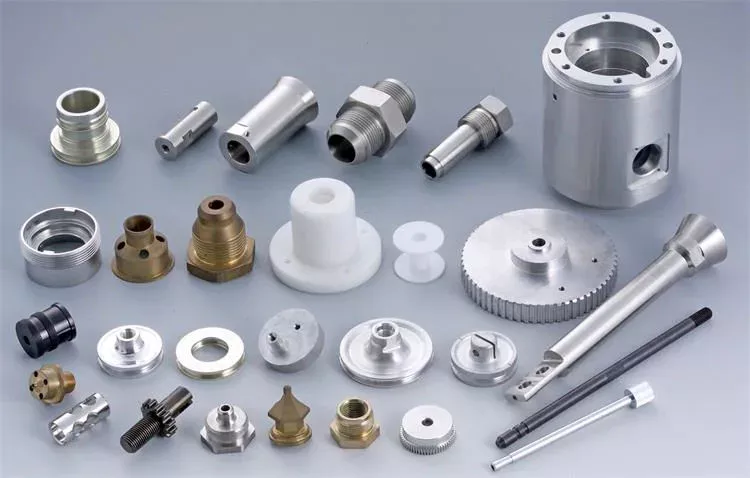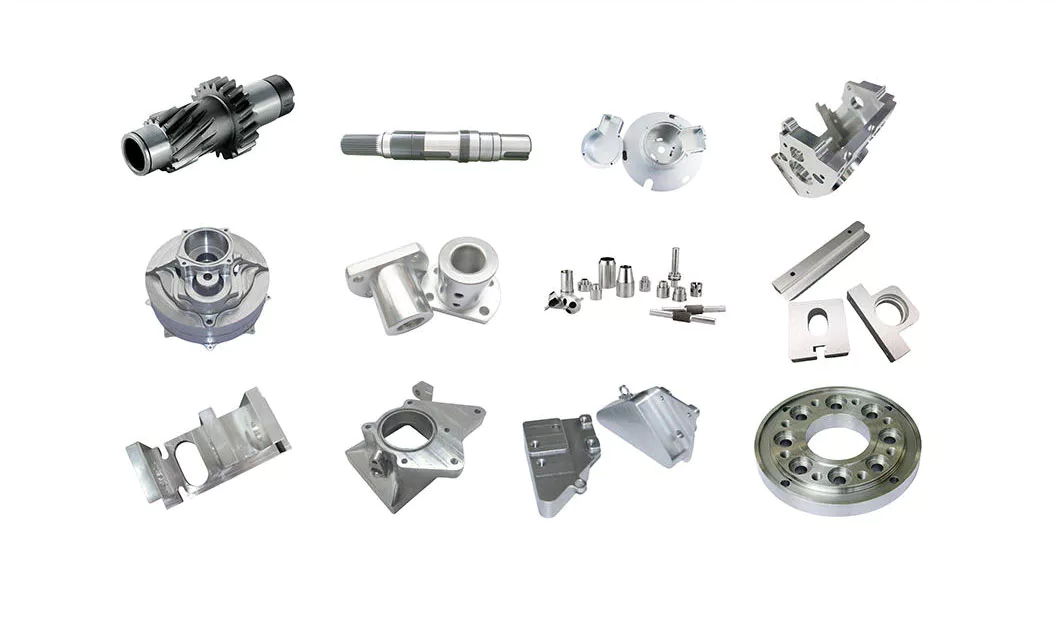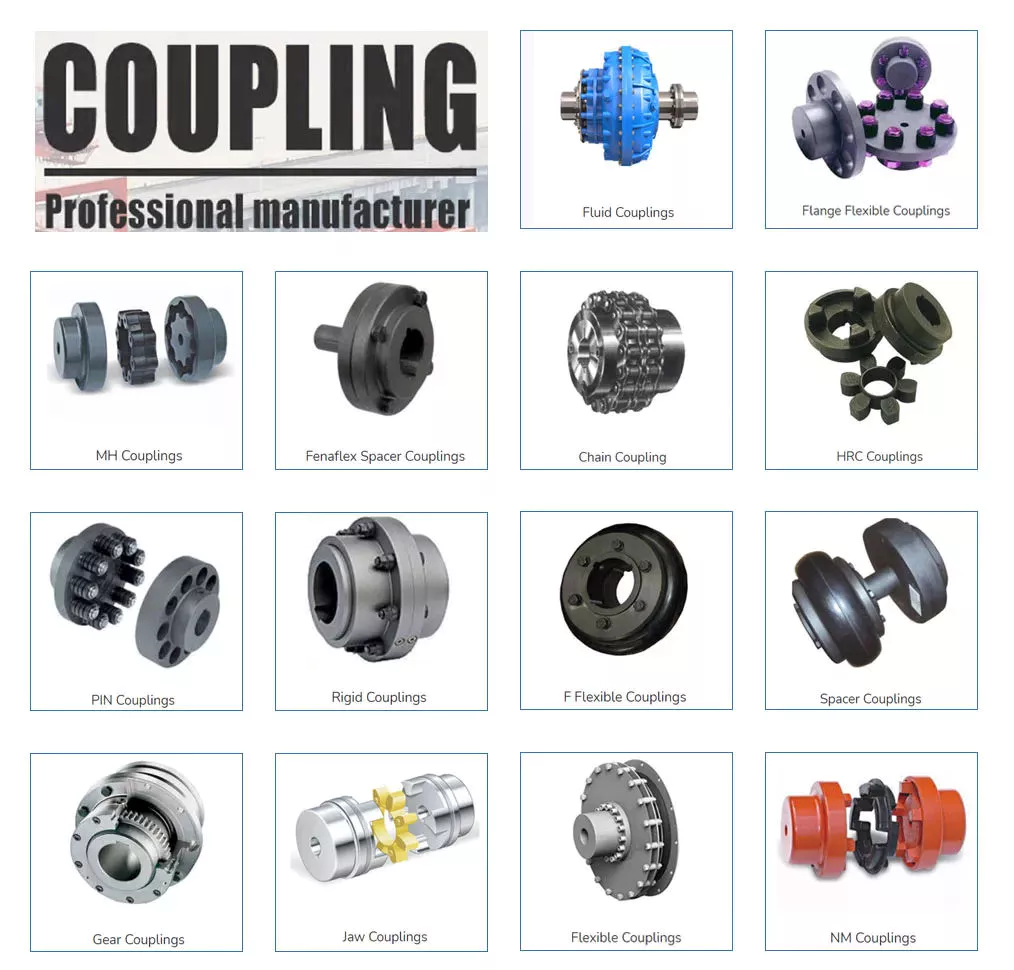Merchandise Description
Product Description
Eccentric Axles Shaft, Hollow Shaft/Crankshaft for maritime & vessel engine Processing
Camshaft drawing Check, Make Forging Mold, Forging Mould Good quality Inspection Check, Equipment Processing, Check SizeHardnessSurface End and other technical parameters on drawing.
Massive Maritime Vessel Shaft Package deal
Spray anti-rust oil on Eccentric Shaft for crusher, Wrap watertight fabric close to Shaft for CZPT crusher, Get ready deal by shaft shape & weight to pick steel frame, steel assist or wood box and many others.
OEM Tailored Eccentric Shaft
We supply OEM Support, personalized forging eccentric shaft far more than 1tons massive fat, far more than 3m length, 42CrMo/35CrMo or your specified essential materials of Bent Axle .
Thorough Pictures
Product Parameters
| Duration | L | Variety: >1m |
| Excess weight | Kg | Selection: >100kg/ Solitary Piece |
| Shaft form | Eccentric Shaft | |
| Materials | Forging 42CrMo/40Cr or Customized | |
| Warmth Remedy | Normalizing, Tempering, Induction Harden, and many others | |
| Sand Blasting | Null | |
| Screening | UTMT | |
| Trademark | TOTEM/OEM | |
| Application | Stone Crusher, Grate Cooler and so on | |
| Transport Package | Export deal (metal frame, picket box, and so on.) | |
| Origin | China | |
| HS Code | 8483409000 |
TOTEM Service
TOTEM Equipment all the time works to supply Gear SHAFT, ECCENTRIC SHAFT, HERRINGBONE Equipment, BEVEL Gear, Inside Equipment and other components for transmission gadget & equipment (big industrial reducer & driver). Which largely use to industrial equipment on fields of port amenities, cement, mining, metallurgical market and so on.
TOTEM Machinery invests and becomes shareholders of several equipment processing factories, forging factories, casting factories, relies on these strong trustworthy and higher-good quality suppliers’ network, to allow clients fret-cost-free purchase.
TOTEM Philosophy: High quality-No.1, Integrity- No.1, Services- No.1
24hrs Salesman on-line, guarantee quick and constructive suggestions. Knowledgeable and Expert Forwarder Assure Log. transportation.
About TOTEM
one. Workshop & Processing Energy
two. Screening Services
3. Client Inspection & Shipping
Speak to TOTEM
ZheJiang CZPT Machinery Co.,Ltd
Fb: ZheJiang Totem
FAQ
What is CZPT merchandise processing progress?
Drawing Check out, Make Forging Mildew, Forging Mold High quality Inspection Examine, Machine Processing, Check out SizeHardnessSurface End and other technical parameters on drawing.
How about TOTEM’s export package?
Spray anti-rust oil on Herringbone Equipment Shaft, Wrap waterproof fabric close to Gear Shaft for reducer, Prepare package by shaft form&bodyweight to decide on steel frame, metal support or wooden box etc.
Could I customize geargear shaft on TOTEM?
We offer custom-made Gear Shaft,Eccentric Shaft,Herringbone Equipment,Interior Gear,Bevel Equipment with large module, much more than 1tons huge excess weight, a lot more than 3m duration, forging or casting 42CrMo/35CrMo or your specified essential material.
Why can I choose TOTEM?
TOTEM has 24hrs Salesman on-line, ensure quick and constructive feedback.
TOTEM Machinery invests and becomes shareholders of numerous machine processing factories, forging factories, casting factories, relies on these powerful dependable and large-good quality supplier’s community, to let clients fret-free acquire.
Skilled and Specialist Forwarder Guarantee Log. transportation.
|
US $66-588 / Piece | |
1 Piece (Min. Order) |
###
| After-sales Service: | Avaliable |
|---|---|
| Standard: | GB, GOST, ASTM, DIN |
| Surface Treatment: | Normalizing, Tempering, Induction Harden |
| Manufacturing Process: | Forging |
| Material: | Forging |
| Transport Package: | Export Package |
###
| Customization: |
Available
|
|---|
###
| Length | L | Range: >1m |
| Weight | Kg | Range: >100kg/ Single Piece |
| Shaft shape | Eccentric Shaft | |
| Material | Forging 42CrMo/40Cr or Customized | |
| Heat Treatment | Normalizing, Tempering, Induction Harden, etc | |
| Sand Blasting | Null | |
| Testing | UT\MT | |
| Trademark | TOTEM/OEM | |
| Application | Stone Crusher, Grate Cooler etc | |
| Transport Package | Export package (steel frame, wooden box, etc.) | |
| Origin | China | |
| HS Code | 8483409000 |
|
US $66-588 / Piece | |
1 Piece (Min. Order) |
###
| After-sales Service: | Avaliable |
|---|---|
| Standard: | GB, GOST, ASTM, DIN |
| Surface Treatment: | Normalizing, Tempering, Induction Harden |
| Manufacturing Process: | Forging |
| Material: | Forging |
| Transport Package: | Export Package |
###
| Customization: |
Available
|
|---|
###
| Length | L | Range: >1m |
| Weight | Kg | Range: >100kg/ Single Piece |
| Shaft shape | Eccentric Shaft | |
| Material | Forging 42CrMo/40Cr or Customized | |
| Heat Treatment | Normalizing, Tempering, Induction Harden, etc | |
| Sand Blasting | Null | |
| Testing | UT\MT | |
| Trademark | TOTEM/OEM | |
| Application | Stone Crusher, Grate Cooler etc | |
| Transport Package | Export package (steel frame, wooden box, etc.) | |
| Origin | China | |
| HS Code | 8483409000 |
Types of Splines
There are four types of splines: Involute, Parallel key, helical, and ball. Learn about their characteristics. And, if you’re not sure what they are, you can always request a quotation. These splines are commonly used for building special machinery, repair jobs, and other applications. The CZPT Manufacturing Company manufactures these shafts. It is a specialty manufacturer and we welcome your business.
Involute splines
The involute spline provides a more rigid and durable structure, and is available in a variety of diameters and spline counts. Generally, steel, carbon steel, or titanium are used as raw materials. Other materials, such as carbon fiber, may be suitable. However, titanium can be difficult to produce, so some manufacturers make splines using other constituents.
When splines are used in shafts, they prevent parts from separating during operation. These features make them an ideal choice for securing mechanical assemblies. Splines with inward-curving grooves do not have sharp corners and are therefore less likely to break or separate while they are in operation. These properties help them to withstand high-speed operations, such as braking, accelerating, and reversing.
A male spline is fitted with an externally-oriented face, and a female spline is inserted through the center. The teeth of the male spline typically have chamfered tips to provide clearance with the transition area. The radii and width of the teeth of a male spline are typically larger than those of a female spline. These specifications are specified in ANSI or DIN design manuals.
The effective tooth thickness of a spline depends on the involute profile error and the lead error. Also, the spacing of the spline teeth and keyways can affect the effective tooth thickness. Involute splines in a splined shaft are designed so that at least 25 percent of the spline teeth engage during coupling, which results in a uniform distribution of load and wear on the spline.
Parallel key splines
A parallel splined shaft has a helix of equal-sized grooves around its circumference. These grooves are generally parallel or involute. Splines minimize stress concentrations in stationary joints and allow linear and rotary motion. Splines may be cut or cold-rolled. Cold-rolled splines have more strength than cut spines and are often used in applications that require high strength, accuracy, and a smooth surface.
A parallel key splined shaft features grooves and keys that are parallel to the axis of the shaft. This design is best suited for applications where load bearing is a primary concern and a smooth motion is needed. A parallel key splined shaft can be made from alloy steels, which are iron-based alloys that may also contain chromium, nickel, molybdenum, copper, or other alloying materials.
A splined shaft can be used to transmit torque and provide anti-rotation when operating as a linear guide. These shafts have square profiles that match up with grooves in a mating piece and transmit torque and rotation. They can also be easily changed in length, and are commonly used in aerospace. Its reliability and fatigue life make it an excellent choice for many applications.
The main difference between a parallel key splined shaft and a keyed shaft is that the former offers more flexibility. They lack slots, which reduce torque-transmitting capacity. Splines offer equal load distribution along the gear teeth, which translates into a longer fatigue life for the shaft. In agricultural applications, shaft life is essential. Agricultural equipment, for example, requires the ability to function at high speeds for extended periods of time.
Involute helical splines
Involute splines are a common design for splined shafts. They are the most commonly used type of splined shaft and feature equal spacing among their teeth. The teeth of this design are also shorter than those of the parallel spline shaft, reducing stress concentration. These splines can be used to transmit power to floating or permanently fixed gears, and reduce stress concentrations in the stationary joint. Involute splines are the most common type of splined shaft, and are widely used for a variety of applications in automotive, machine tools, and more.
Involute helical spline shafts are ideal for applications involving axial motion and rotation. They allow for face coupling engagement and disengagement. This design also allows for a larger diameter than a parallel spline shaft. The result is a highly efficient gearbox. Besides being durable, splines can also be used for other applications involving torque and energy transfer.
A new statistical model can be used to determine the number of teeth that engage for a given load. These splines are characterized by a tight fit at the major diameters, thereby transferring concentricity from the shaft to the female spline. A male spline has chamfered tips for clearance with the transition area. ANSI and DIN design manuals specify the different classes of fit.
The design of involute helical splines is similar to that of gears, and their ridges or teeth are matched with the corresponding grooves in a mating piece. It enables torque and rotation to be transferred to a mate piece while maintaining alignment of the two components. Different types of splines are used in different applications. Different splines can have different levels of tooth height.
Involute ball splines
When splines are used, they allow the shaft and hub to engage evenly over the shaft’s entire circumference. Because the teeth are evenly spaced, the load that they can transfer is uniform and their position is always the same regardless of shaft length. Whether the shaft is used to transmit torque or to transmit power, splines are a great choice. They provide maximum strength and allow for linear or rotary motion.
There are three basic types of splines: helical, crown, and ball. Crown splines feature equally spaced grooves. Crown splines feature involute sides and parallel sides. Helical splines use involute teeth and are often used in small diameter shafts. Ball splines contain a ball bearing inside the splined shaft to facilitate rotary motion and minimize stress concentration in stationary joints.
The two types of splines are classified under the ANSI classes of fit. Fillet root splines have teeth that mesh along the longitudinal axis of rotation. Flat root splines have similar teeth, but are intended to optimize strength for short-term use. Both types of splines are important for ensuring the shaft aligns properly and is not misaligned.
The friction coefficient of the hub is a complex process. When the hub is off-center, the center moves in predictable but irregular motion. Moreover, when the shaft is centered, the center may oscillate between being centered and being off-center. To compensate for this, the torque must be adequate to keep the shaft in its axis during all rotation angles. While straight-sided splines provide similar centering, they have lower misalignment load factors.
Keyed shafts
Essentially, splined shafts have teeth or ridges that fit together to transfer torque. Because splines are not as tall as involute gears, they offer uniform torque transfer. Additionally, they provide the opportunity for torque and rotational changes and improve wear resistance. In addition to their durability, splined shafts are popular in the aerospace industry and provide increased reliability and fatigue life.
Keyed shafts are available in different materials, lengths, and diameters. When used in high-power drive applications, they offer higher torque and rotational speeds. The higher torque they produce helps them deliver power to the gearbox. However, they are not as durable as splined shafts, which is why the latter is usually preferred in these applications. And while they’re more expensive, they’re equally effective when it comes to torque delivery.
Parallel keyed shafts have separate profiles and ridges and are used in applications requiring accuracy and precision. Keyed shafts with rolled splines are 35% stronger than cut splines and are used where precision is essential. These splines also have a smooth finish, which can make them a good choice for precision applications. They also work well with gears and other mechanical systems that require accurate torque transfer.
Carbon steel is another material used for splined shafts. Carbon steel is known for its malleability, and its shallow carbon content helps create reliable motion. However, if you’re looking for something more durable, consider ferrous steel. This type contains metals such as nickel, chromium, and molybdenum. And it’s important to remember that carbon steel is not the only material to consider.


editor by czh 2022-12-25